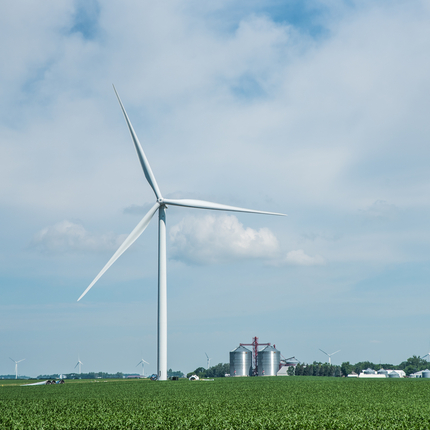The expansion of wind generation has been, and continues to be, a boon for rural development.
Wind energy is one of the fastest-growing sources of electricity across the nation. Several Midwest states, including Iowa, are leading the charge in its development, according to recent reports from the U.S. Department of Energy.
In 2022, wind power accounted for 22% of new electricity capacity in the nation, representing a $12 billion investment. While it was considered a down year for installations due to supply chain issues, forecasts for wind energy investments have grown by almost 60% thanks to the passage of the Inflation Reduction Act in 2022.
In 2021, Iowa wind turbines generated approximately $57 million for state and local taxing bodies and paid out $67 million in lease payments to landowners. County governments used these funds to improve county highways, revitalize town centers, and increase funding for essential services. The industry has also created jobs for rural residents. According to Clean Jobs Midwest, 12,000 rural Iowans worked in the clean energy sector in 2022.
Wind energy has been expanding in Iowa for more than two decades and is second in total generation capacity at 12,783 megawatts (MWs). It also leads the nation in the share of in-state generation at 64% and electricity sold at 82%, which accounts for most of the state’s energy consumption.
In 2022, Iowa built on its existing capacity by installing the fourth most wind generation capacity at 484 MWs. This amount could power an additional 145,000 homes annually.
Given wind energy’s potential positive impact on rural development, capitalizing on it is essential for economic growth. Iowa has paved the way as a leader in the industry’s growth, which will pay dividends for rural communities for decades to come.





